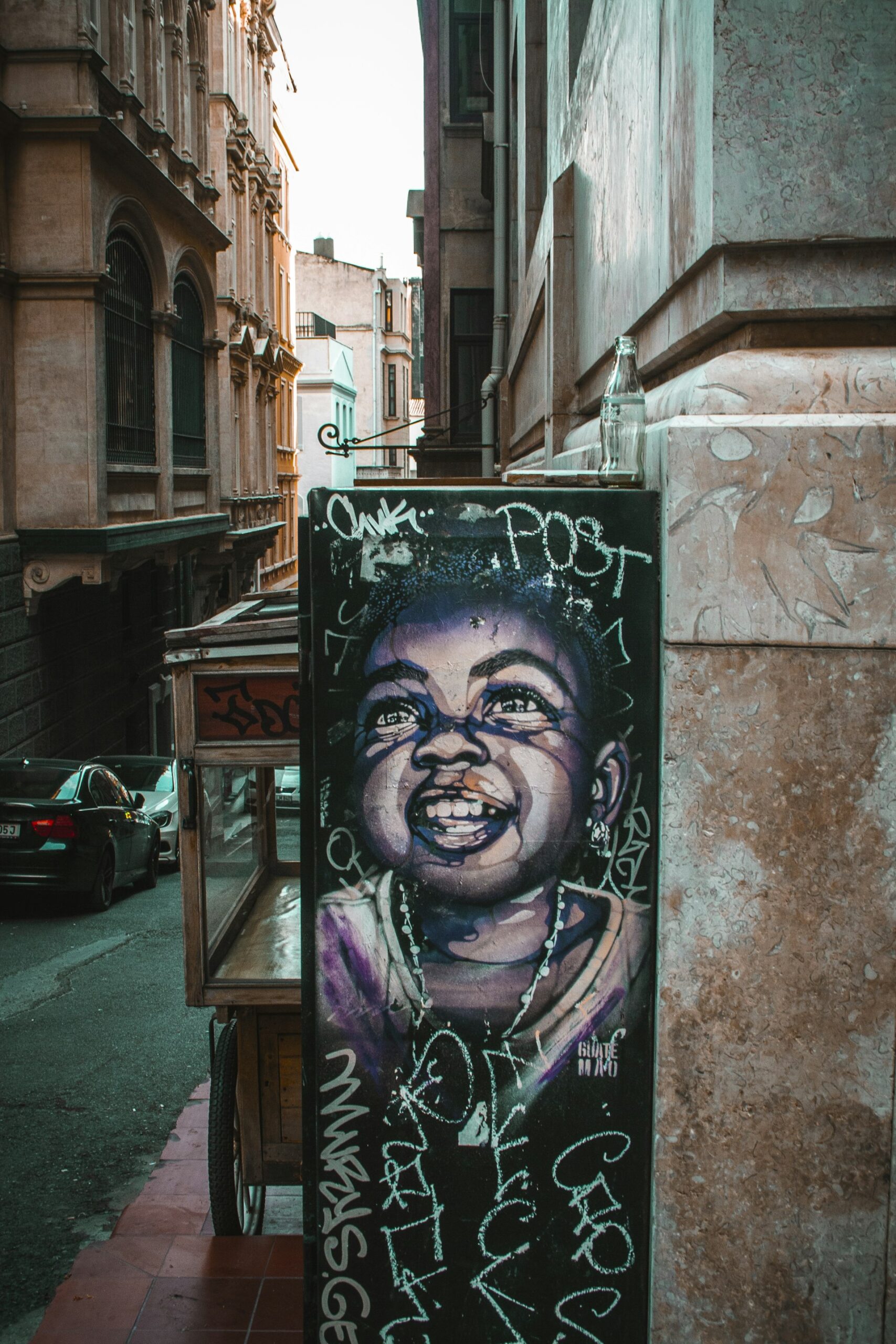Puerto Vallarta Travel Safety: What You Need to Know for 2025

Photo by Karl Callwood on Unsplash
Introduction: Understanding Safety in Puerto Vallarta
Travelers considering a trip to Puerto Vallarta often prioritize safety alongside relaxation and adventure. As one of Mexico’s premier beach destinations, Puerto Vallarta has consistently ranked as a favorite for both first-time visitors and seasoned travelers. With global attention on travel advisories and shifting safety landscapes, it’s essential to separate facts from misconceptions and understand how to protect yourself while enjoying all this vibrant city has to offer. This guide delivers expert insights, practical steps, and the latest verified information so you can plan with confidence.
Current Safety Conditions in Puerto Vallarta
Puerto Vallarta in 2025 maintains a strong reputation for safety, especially within its main tourist areas. According to current local and international reports, the city is considered a low-risk destination for international visitors. This status is attributed to a visible police presence, well-frequented hotel zones, and a concerted effort by authorities to protect travelers in areas such as the Malecón Boardwalk, Zona Romántica, and main beaches. Enhanced multilingual support and emergency protocols have further contributed to a secure travel environment [2] .
Local experts and officials affirm that Puerto Vallarta is vibrant and welcoming, with low crime rates compared to other regions of Mexico. Most incidents affecting tourists are non-violent, such as petty theft or scams, which can be mitigated through basic precautions [3] .
Common Risks and How to Manage Them
While Puerto Vallarta is generally safe, visitors should remain aware of the following:
- Petty Theft: Pickpocketing or bag snatching can occur in crowded places. Use crossbody bags, keep valuables in hotel safes, and avoid displaying expensive items in public.
- Tourist Scams: Be alert for overpriced taxis, unofficial tour operators, and street vendors with misleading offers. Book activities through your hotel or established agencies and always confirm prices beforehand [1] .
- Nightlife Safety: Popular nightlife areas are well-patrolled, but use caution with drinks, avoid excessive alcohol consumption, and travel with friends if possible.
- Road Safety: Driving in Mexico differs significantly from the U.S. or Canada. Traffic laws are loosely enforced, and road conditions can be unpredictable. If renting a car, stick to toll roads, avoid driving after dark, and always keep doors locked [4] .
For emergencies, dial 911 in Mexico. Many hotels and resorts offer direct lines to local police and medical services. Ask your accommodation for emergency procedures upon arrival.
Safe Zones and Areas to Avoid
The vast majority of Puerto Vallarta’s tourist hotspots-including the Malecón, Zona Romántica, Marina Vallarta, and hotel districts-are regarded as secure. These areas see regular patrols by local police and are well-lit at night. While most neighborhoods are safe for visitors, some less-traveled outskirts or isolated areas may have fewer security resources.
If exploring beyond central Puerto Vallarta, consider:
- Traveling with a local guide or group
- Letting someone know your itinerary
- Sticking to established paths and avoiding poorly lit streets after dark
Most violent crime in Mexico occurs far from primary tourist destinations, and Puerto Vallarta has not been identified as a high-risk area in recent U.S. State Department advisories [5] .
Recent Safety Enhancements and Local Initiatives
To reassure travelers, Puerto Vallarta has implemented several new safety measures in recent years:
- Increased Police Presence: More officers patrol tourist zones, beaches, and nightlife districts, offering assistance in both Spanish and English.
- Multilingual Emergency Services: Hospitals and emergency responders have added language support to better serve international guests.
- Improved Infrastructure: Upgrades to lighting, signage, and security cameras in central areas have reduced opportunities for crime.
These initiatives aim to provide peace of mind for all visitors and demonstrate the city’s commitment to a safe, enjoyable environment [2] .
Staying Informed: Travel Advisories and Local Updates
Before traveling, always consult official government travel advisories for Mexico. The U.S. State Department and the Government of Canada both maintain up-to-date information and region-specific guidance. You can find current advisories by searching for “Mexico travel advisory” on the U.S. Department of State website or “Mexico travel advice” on Government of Canada platforms. These sources will provide alerts about any changes in safety conditions, local regulations, or health guidance.
Hotels and tour operators also provide real-time updates for guests. Consider signing up for travel alerts or checking with your embassy’s local office for additional support.

Photo by Jaime Dantas on Unsplash
Practical Steps for a Safe Visit
To maximize your safety and enjoyment in Puerto Vallarta, follow these step-by-step instructions:
- Book Accommodations Wisely: Opt for established hotels or resorts in central areas. Check recent guest reviews for mentions of safety, staff responsiveness, and proximity to main attractions.
- Arrange Airport Transfers: Use official taxi stands or arrange transfers through your hotel. Avoid accepting rides from individuals inside or outside the terminal who are not affiliated with a reputable company.
- Safeguard Your Belongings: Carry only what you need each day. Use hotel safes for passports, extra cash, and valuables. Keep digital copies of important documents accessible via a secure cloud service.
- Plan Activities Through Trusted Sources: Book tours and excursions via your hotel concierge or licensed agencies. Request printed receipts and confirmation for all bookings.
- Stay Alert in Crowded Areas: Remain aware of your surroundings on busy streets, markets, and public transportation. Trust your instincts and move away from any situation that feels uncomfortable.
- Monitor Travel Advisories: Check for any new updates before and during your trip. Adjust your plans if advisories recommend avoiding certain areas.
Examples and Case Studies
Many travelers report positive experiences in Puerto Vallarta, especially when following standard travel safety practices. For example, solo tourists exploring the Zona Romántica and Malecón Boardwalk during both day and evening hours found the areas lively, well-patrolled, and welcoming. Similarly, families staying in central resorts noted helpful staff, prompt responses to questions, and visible security presence, contributing to a sense of ease throughout their vacation [1] .
Challenges can arise if visitors venture into less-frequented areas at night or use unlicensed transportation. In such cases, travelers have resolved issues by contacting local police or returning to well-populated zones. Proactive planning and adherence to guidance from hotels and official agencies can prevent most problems before they occur.
Alternative Approaches and Additional Guidance
If you have concerns about travel to Puerto Vallarta, consider these alternatives:
- Book group tours or guided excursions to unfamiliar areas
- Travel during peak tourism seasons when public spaces are busiest
- Consult local tourism boards for updated safety tips and recommended providers
- Choose accommodations that offer 24-hour security and front desk support
You may also contact your country’s embassy or consulate in Mexico for personalized safety advice and resources. Search for “U.S. Embassy Puerto Vallarta” or the relevant office for your nationality to access support services.
Key Takeaways and Final Thoughts
Puerto Vallarta stands out as one of Mexico’s safest and most visitor-friendly cities, thanks to robust security measures, a strong tourism infrastructure, and a welcoming local community. While no destination is completely without risk, staying informed and following practical precautions will allow you to relax and fully enjoy your time in this Pacific gem. For the most current information, consult official travel advisories and rely on guidance from established hotels or tour providers.
References
- [1] Offgrid Secrets (2025). Is Mexico Safe in 2025? (Puerto Vallarta) [YouTube Video]
- [2] Villa del Arco (2025). Is Mexico Safe for Tourists in 2025?
- [3] Vallarta Adventures (2025). Is Puerto Vallarta Safe? Insights from Locals and Experts
- [4] Government of Canada (2025). Travel advice and advisories for Mexico
- [5] Frommers (2025). These Are the Safest Parts of Mexico for Travel in 2025



